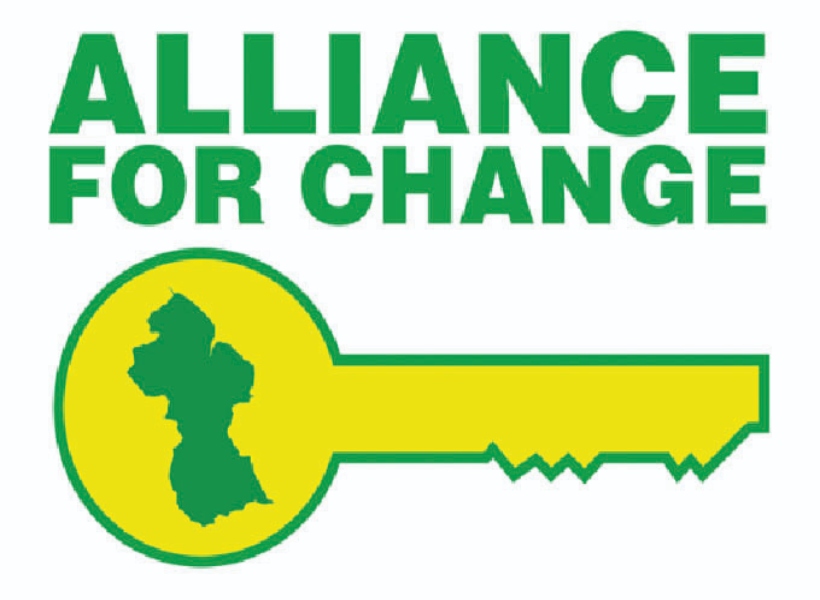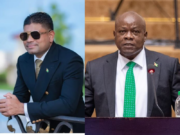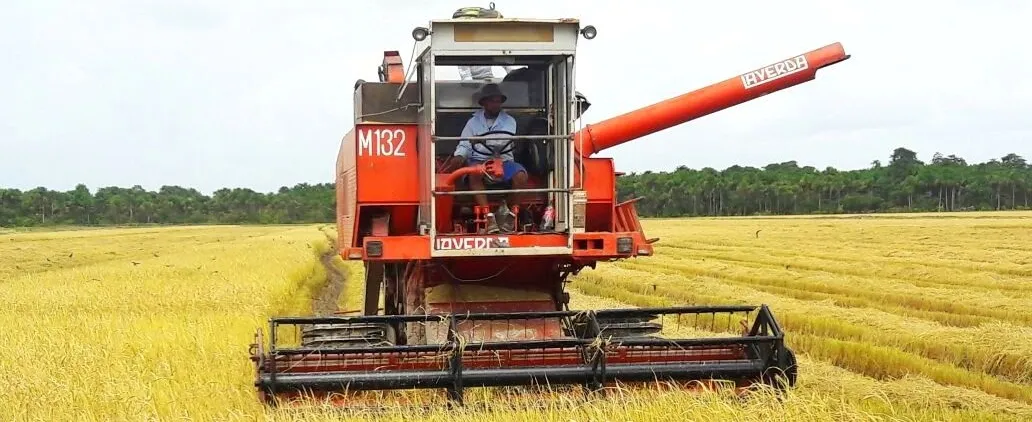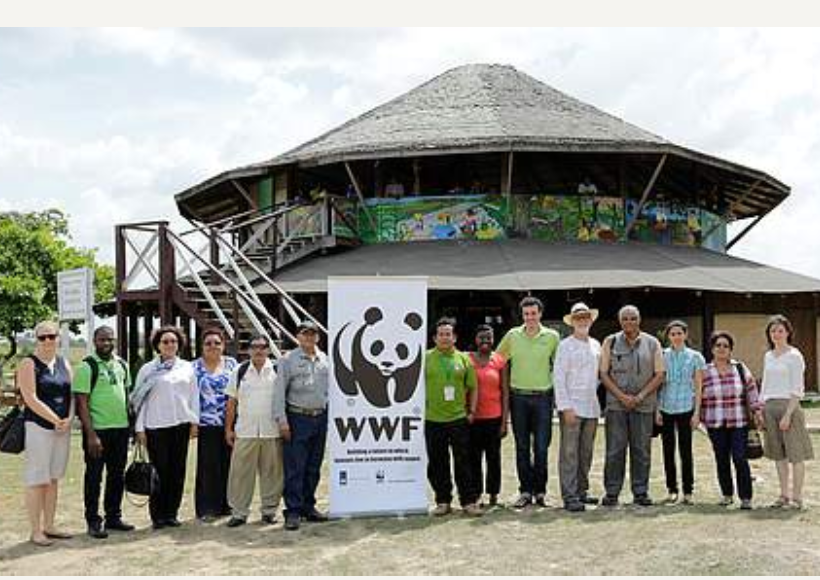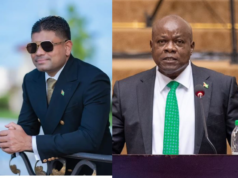The Environmental Protection Agency (EPA) in collaboration with the World Wildlife Fund, Inc. (WWF) is embarking on a groundbreaking project aimed at preserving the natural splendour of the Amazon rainforest in southern Guyana. The “Securing a Living Amazon through Landscape Connectivity in Southern Guyana Project” will focus on improving the management of the Kanuku Mountains Protected Area (KMPA) and the North Rupununi Wetlands (NRW) within Administrative Region 9 – Upper Takutu, Upper-Essequibo.
In the project summary uploaded on the EPA’s website, it was noted that the area is not only a globally significant biodiversity hotspot but also holds a unique seasonal hydrological connection to the Amazon watershed. Additionally, it is home to a substantial concentration of Indigenous peoples and titled lands, which bear current and ancestral ties to these invaluable sites.
It further noted that the primary objective of this project is to strengthen landscape connectivity by implementing improved land and water management practices. By doing so, the project aims to secure the ecological integrity of the KMPA, reducing habitat fragmentation, while simultaneously maintaining hydrological connectivity in the NRW. This connectivity it said is vital for both Indigenous livelihoods and biodiversity, as well as the continued flow of crucial ecosystem services.
One of the critical aspects of the project is ensuring that better planning decisions are made, preventing productive activities from resulting in habitat fragmentation or the loss of hydrological connectivity. The ultimate goal is to secure a large, contiguous tract of land that supports forest and hydrological connectivity for key species, such as the Jaguar, harpy eagle, giant river otter, arapaima, and various fish species, while also benefiting local communities.
To finance the ambitious Guyana Project, the Global Environment Facility will provide partial funding, with the World Wide Fund for Nature (WWF) serving as the implementing agency. Consequently, the project will adhere to the WWF’s Environmental and Social Safeguards Framework (ESSF) as detailed in the Safeguards Integrated Policies and Procedures (SIPP). This necessitates the development of an Environmental and Social Monitoring Framework (ESMF), Process Framework (PF), and Indigenous Peoples Planning Framework. It is important to note that the principles and procedures of the ESMF apply only to project activities funded through the Global Environment Facility (GEF).
It was keen to note that assessments indicate that the potential adverse environmental and social impacts on the populations residing within the project-affected areas are site-specific, reversible, and readily mitigated and as a result, the project falls under the “Category B” classification in the WWF Environmental and Social Safeguards Categorization which is not risky.
